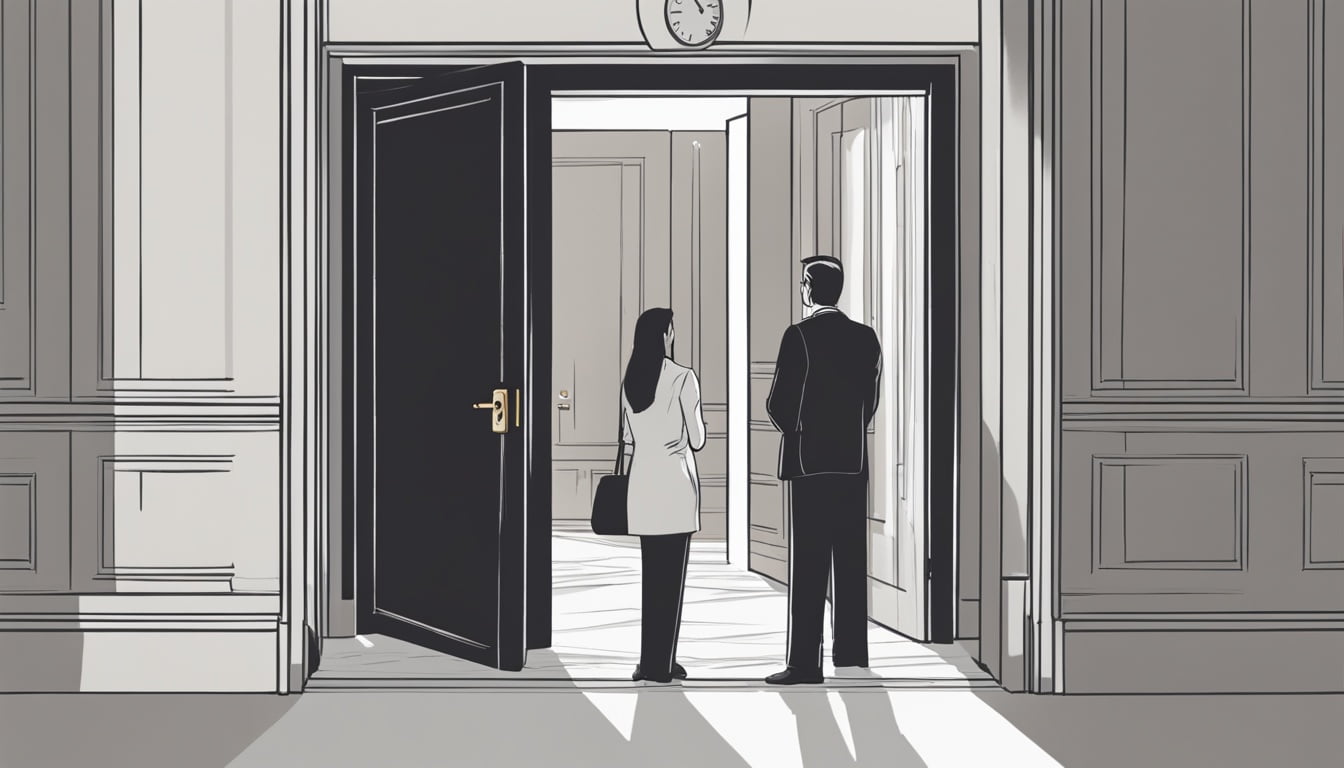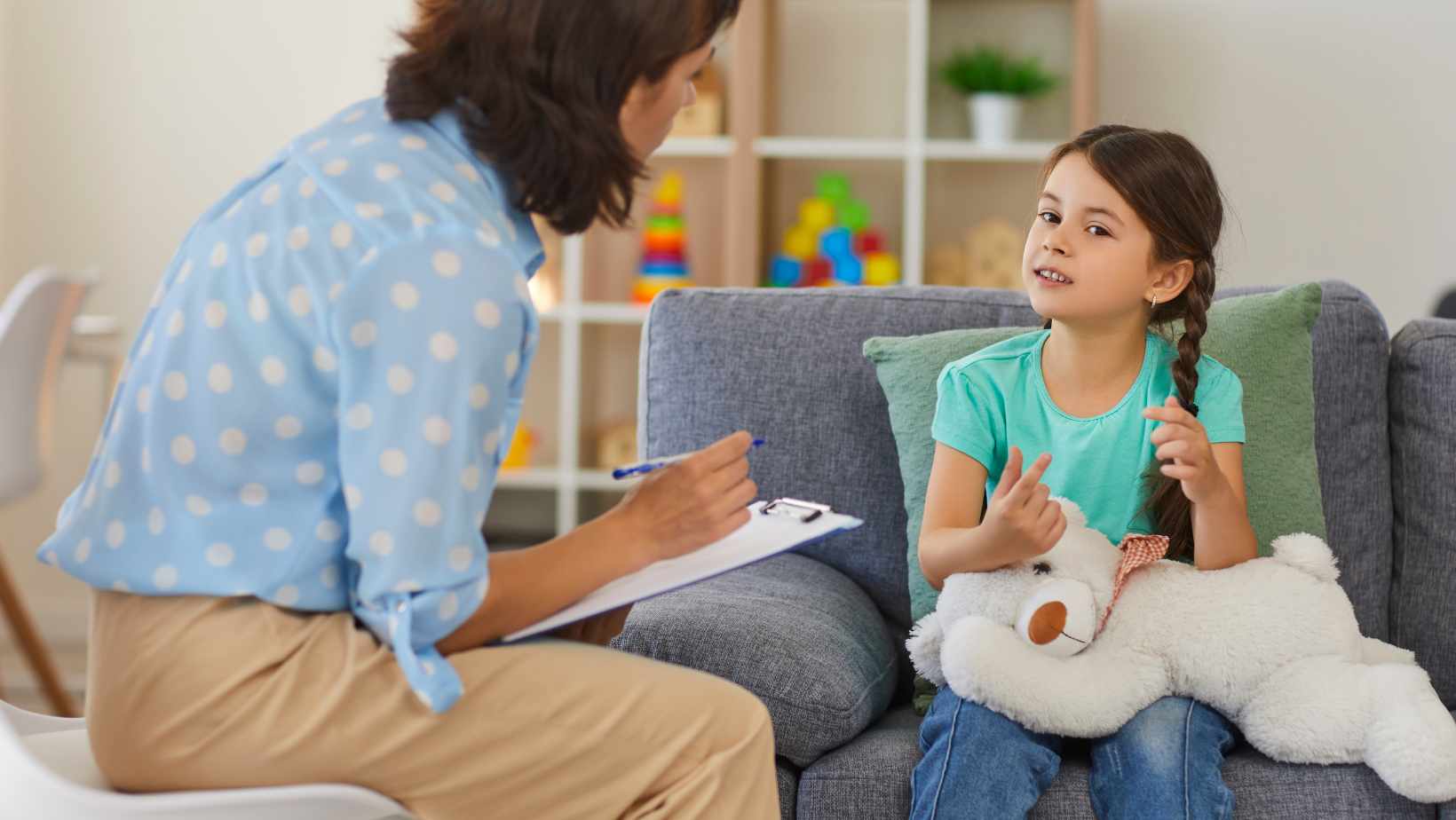Is your child suddenly withdrawn, anxious, or struggling with unexplained fears?
Have you ever wondered why some children carry invisible emotional scars for years?
Many kids go through events that leave a deep mark on their minds. These moments can shape how they feel, think, and behave even as adults. For parents, teachers, and caregivers, understanding these different types of childhood trauma is the first step for anyone who cares about a child’s well-being.
If you’ve ever worried about a child’s unexplained distress, this guide offers a relatable and informative overview of the different faces of childhood trauma.
This blog focuses on the types of childhood trauma and how they affect a child’s life, signs to watch for and ways to help. We will explore the types of childhood trauma, how common they are, and what steps you can take to support a child’s mental health.
Table of Contents
ToggleWhat is Childhood Trauma?

Childhood trauma happens when a child experiences an event that is deeply upsetting or scary. This could be one-time events or repeated harm over time. The child may feel unsafe, helpless, or shocked.
These experiences disrupt their sense of safety and may result in long-term changes in behavior, emotional regulation, and even brain development.
Some trauma is physical, like injury or abuse. Other trauma is emotional, like being ignored, bullied, or seeing something terrifying.
Trauma isn’t always about what happened; it’s also about how a child interprets and feels during that event. A situation that seems minor to an adult might deeply disturb a child, depending on their age, environment, and emotional state.
Prevalence of Traumatic Events in Children
- About 78% of children reported more than one traumatic experience by age 5.
- One in four children has experienced abuse or neglect at some point.
- Studies show that more than two-thirds of children experience at least one traumatic event before the age of 16.
- Common sources include abuse, neglect, domestic violence, school bullying, and natural disasters.
- Around 14% of children have witnessed violence at home.
These numbers show why it’s important to understand types of childhood trauma in early life.
Types of Childhood Trauma
Recognizing the different forms of trauma can help caregivers and professionals identify distress in children early on. Below are the most common types of childhood trauma:
1. Physical Abuse
Physical abuse is when someone hurts a child’s body on purpose. This includes hitting, burning, or pushing.
- Bruises or cuts that don’t match the story
- Fear of adults
- Acting out with anger
This trauma leads to trouble trusting others and may cause lifelong fear.
2. Sexual Abuse
This includes any sexual act with a child, including inappropriate touching, exposure to explicit materials, or coercion.
It often happens secretly and can go unnoticed for years.
- Changes in behavior
- Trouble sleeping
- Fear of certain people
Sexual trauma is one of the most harmful types of childhood trauma and can lead to anxiety, depression, and self-harm. Visit our anxiety resource to explore coping tools.
3. Emotional Abuse and Neglect
Chronic rejection, humiliation, or lack of emotional warmth can be as damaging as physical violence. Emotional neglect includes not meeting a child’s basic psychological needs—attention, love, and validation. This leads to
- Always seeking approval
- Feeling worthless
- Avoiding social contact
This type can make kids feel invisible or like they don’t matter.
4. Witnessing Domestic, School, or Community Violence
This trauma happens when kids see someone being hurt at home, school, or outside. Even if they are not hurt themselves, watching violence causes pain.
- Flinching easily
- Crying a lot
- Acting like the abuser
It’s one of the types of childhood trauma that changes how safe kids feel.
5. Natural Disasters and Terrorism
These events are sudden and scary. Kids may not understand what’s happening, but they feel the fear.
- Fear of losing loved ones
- Clinging to parents
- Trouble eating or sleeping
These situations remind kids that life can change fast. It creates fear that can last long. Children may become hyper-alert, lose sleep, or develop phobias.
6. Loss and Grief
Losing someone close, like a parent or sibling, can cause trauma. Children may not understand death fully but still feel the deep loss.
- Wanting to be alone
- Asking many questions about death
- Holding onto the lost person’s belongings
Grief can be hard to process without help, especially for small children.
7. Refugee and War Experiences
This trauma comes from having to leave home because of war or conflict. Many refugee children lose family, homes, and their sense of safety.
- Fear of loud sounds
- Sadness and silence
- Problems learning in school
This is one of the lesser talked about types of childhood trauma, but it affects millions worldwide. They often experience PTSD, isolation, and identity crises , all of which can affect long-term mental health.
8. Medical Trauma
Facing a life-threatening illness or recovering from serious accidents can trigger trauma.
Medical trauma comes from painful or scary medical treatments like surgery or long hospital stays. Even regular tests can be scary for children.
- Fear of doctors
- Worry before appointments
- Crying when left alone
While medical care helps the body, it can hurt the mind if the child doesn’t feel safe. Long hospital stays, medical procedures, and uncertainty can overwhelm a child’s emotional capacity.
Signs of Traumatic Stress in Children
Some children show signs right away, while others take months or years. Knowing these signs helps adults step in early.
Here are some common signs:
- Persistent fear or anxiety
- Changes in sleeping or eating habits
- Anger or aggression
- Withdrawal from family or friends
- Regression (e.g., bedwetting or thumb-sucking)
- Trouble concentrating or performing in school
| Age Group | Common Signs |
| Toddlers | Clinginess, bedwetting, fussiness |
| School Age | Trouble focusing, anger, headaches |
| Teens | Withdrawal, risky behavior, sadness |
Kids might not talk about their trauma. Watch their behavior. It speaks louder than words.
Long-Term Impact of Childhood Trauma
If left unaddressed, trauma in childhood can contribute to:
- Chronic health issues
- Mental disorders like PTSD , depression, or anxiety
- Substance abuse
- Academic underachievement
- Risky behavior and difficulty forming healthy relationships
To understand long-term neurological impacts, read more on our mental health and Alzheimer’s insights —as early trauma can have lasting effects on cognitive health.
Early Intervention is Key
Trauma-informed care and support systems can help children heal. Whether through therapy, school-based programs, or support groups, addressing trauma early leads to:
- Improved emotional regulation
- Resilience and stronger coping skills
- Healthier adult relationships
- Reduced mental health complications
Parents, teachers, and caregivers should learn to identify triggers, create safe spaces, and connect children with professional help when needed.
Expert Advice from Dr. Chandril Chugh
Every child deserves to feel safe. If you notice any of the signs mentioned above, do not wait. Dr. Chandril Chugh recommends reaching out to a qualified mental health expert who understands the types of childhood trauma deeply.
Dr. Chugh is a pediatric care specialist. His approach is kind, clear, and proven to help.
→ Book a consultation directly with Dr. Chugh to get help today!
Frequently Asked Questions
What are the 8 major childhood traumas?
They include physical abuse, sexual abuse, emotional abuse, neglect, witnessing violence, natural disasters, loss, and medical trauma.
What are the top 5 childhood traumas?
Commonly cited: sexual abuse, physical abuse, emotional neglect, witnessing domestic violence, and traumatic grief.
At what age can a child remember trauma?
Trauma can be imprinted from as early as infancy, even before children have verbal memory.
How do I know if a child has experienced trauma?
Look for sudden behavior changes, fearfulness, sleep disturbances, withdrawal, or academic struggles.
Can childhood trauma be healed?
Yes—with early intervention, trauma-informed care, and consistent emotional support, healing is possible.
Helping Children Heal is Possible
Children don’t forget trauma but they can heal with the right care. Every child who has faced trauma needs support, understanding, and professional help. If you notice a child struggling, don’t wait. Reach out.
Dr. Chandril Chugh is here to help. He brings years of neurological and mental health experience to the table. Book a consultation today and give children the support they truly deserve.

This article is medically reviewed by Dr. Chandril Chugh, Board-Certified Neurologist, providing expert insights and reliable health information.
→ Book a consultation to discover which remedies suit your needs best.
About Author | Instagram | YouTube | Linkedin
Related Blog Posts
Therapy for Separation Anxiety: What Works Best?
April 26, 2025




